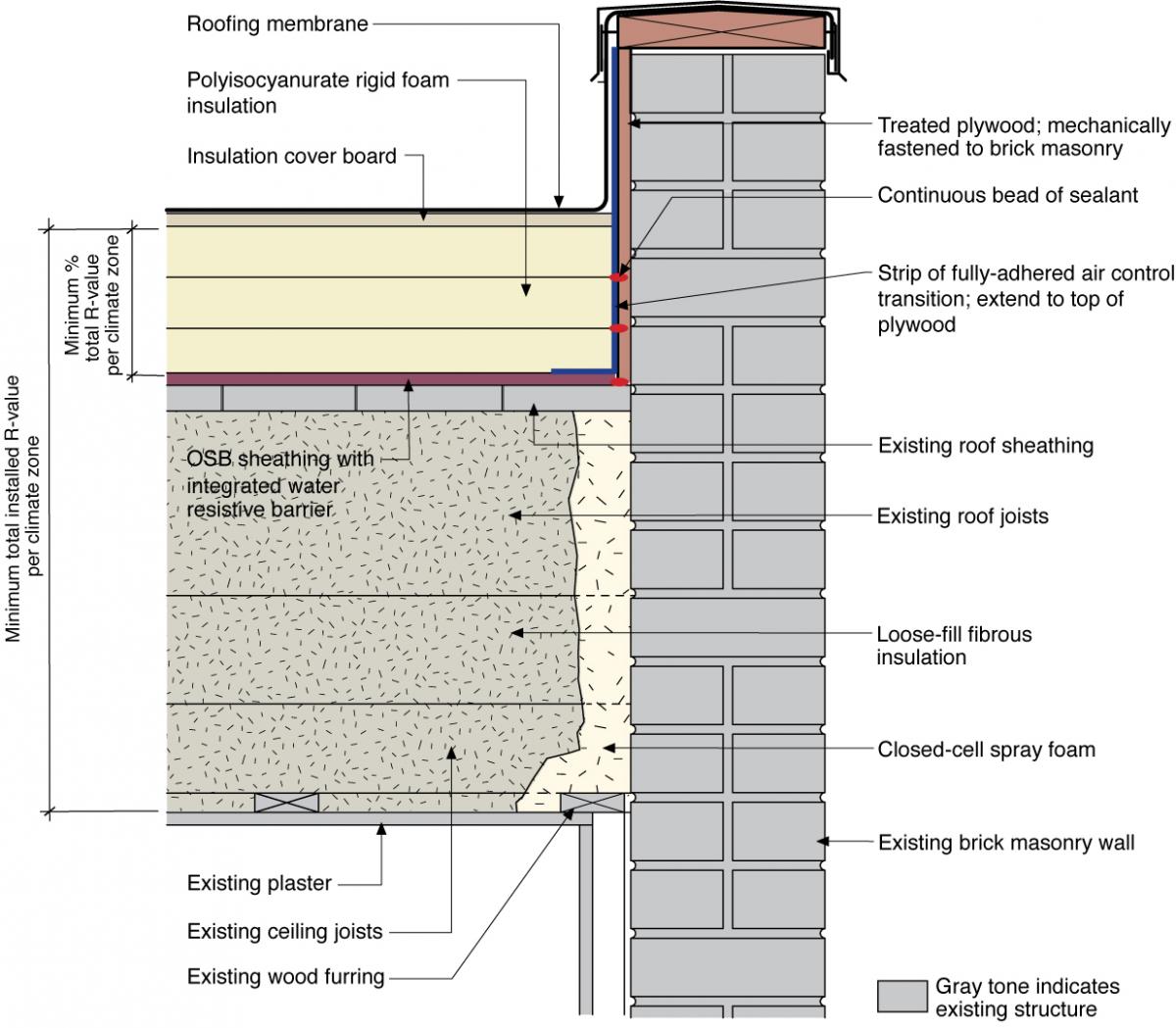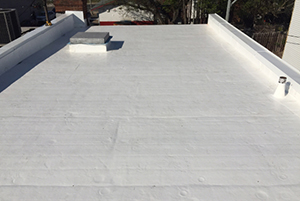

Proper installation requires a great deal of technical knowledge and experience. When it comes to spray foam roofing systems, not all contractors are created equal. There’s less area to cover compared to a standard sloped roof, so you can see big savings. When it comes time to replace a flat roof, the average cost can run between 3,000 and 10,000. In fact, SPF systems are proven to increase the structural integrity of commercial buildings. If your roof gets damaged, patching or replacing it can save your belongings and improve your home’s energy efficiency. Spray foam is an incredibly strong material. They serve as an excellent insulation barrier for low-slope flat roofs and provide superior energy efficiency and thermal resistance (R-value). This type of roof combines closed-cell, plural-component, spray polyurethane foam (SPF) insulation with a protective elastomeric top-coating.Ī properly maintained SPF roof can last over 50 years. While not nearly as common as the options mentioned above, spray polyurethane foam is probably one of the most effective flat roofing systems available. Recommended reading: The Ultimate Guide to TPO Roofing It’s also worth mentioning that there is a real concern over quality variations of TPO membranes from one manufacturer to the next. TPO has only been around since the early ’90s, so little is known about the long-term effects this system provides.

#FLAT ROOF SYSTEMS RESIDENTIAL INSTALL#
It’s less expensive than PVC and is relatively easy to install and maintain. TPO (thermoplastic polyolefin) is a flexible material that lasts anywhere from 10-25 years.

It’s water and fire-resistant, and it’s also rated to withstand heavy winds, but this type of system generally costs more and has weaker puncture resistance than EPDM or TPO. PVC (polyvinyl chloride) is a durable roofing product with a lifespan of about 20 years. Both are white, heat-welded, thermoplastic roofing systems, but that’s mostly where the similarities end. These two materials look almost identical-so much so that it can be difficult to tell them apart. Over the past few decades, single-ply membranes such as PVC and TPO have become a lot more common on commercial flat roofs.


 0 kommentar(er)
0 kommentar(er)
